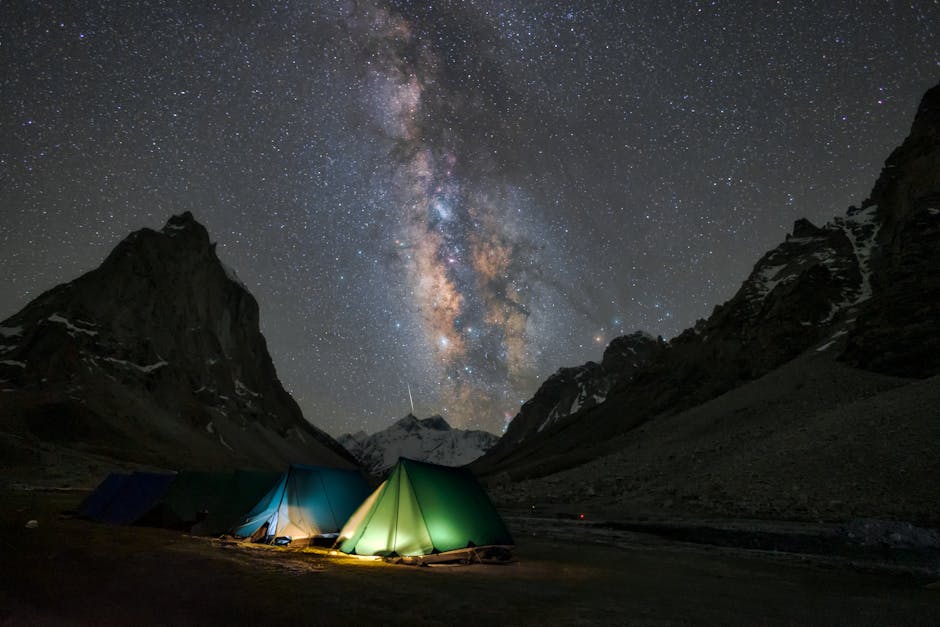A High-Altitude Nightmare Unfolds
A chilling report is emerging from the roof of the world, where a dream expedition for hundreds has turned into a high-altitude nightmare. In a developing situation, almost 1,000 trapped in a blizzard on the Tibetan side of Mount Everest are now facing a desperate fight for survival. The group, which includes international climbers, sherpas, and support staff, was caught by a ferocious and unexpected storm.
The situation began late yesterday evening and has since escalated into a major crisis. What started as heavy snowfall rapidly intensified into a full-blown blizzard, bringing with it hurricane-force winds and near-zero visibility. Communications are sporadic, but initial accounts paint a grim picture of white-out conditions and a desperate struggle against the elements.
White-Out Conditions at Everest North Base Camp
The North side of Everest, administered by Chinese authorities, is often considered the more challenging but less crowded route to the summit. Now, numerous teams are scattered across various camps, with the primary concentration of stranded personnel at the main Base Camp (5,150 metres) and Advanced Base Camp (6,500 metres).
Temperatures have plummeted well below -30°C. The immediate concern is for those who were higher up the mountain, possibly making acclimatisation rotations to the North Col, when the storm hit with its full, terrifying force.
Global Mountaineering Community on Alert
While the exact nationalities of all those trapped are yet to be confirmed, the global mountaineering community is on high alert. Given the rising number of international adventurers attempting the world’s highest peaks, it is highly probable that climbers from many nations, including India, are among those stranded. For many, reaching the summit of Sagarmatha is the culmination of a lifelong dream—a dream that has now been terrifyingly deferred.
Race Against Time: Rescue Efforts Hampered by Extreme Weather
Rescue operations are in a race against time but are severely hampered by the very conditions that have created the crisis. The extreme weather makes any helicopter-based evacuation impossible.
Ground rescue teams from the China-Tibet Mountaineering Association (CTMA) are reportedly being mobilised, but their progress through the deep, fresh snow and treacherous winds will be painstakingly slow. The primary threats to those trapped are:
* Severe Frostbite and Hypothermia: Even inside a tent, the biting cold at such altitudes can be lethal.
* Avalanches: Heavy, unstable snowfall has significantly increased the risk of deadly snow slides on the mountain’s steep slopes.
This developing tragedy is a stark reminder of the unforgiving nature of Mount Everest, or Chomolungma, as it is known in Tibet. It echoes past disasters, but the sheer scale of this event—trapping nearly a thousand people—is unprecedented for the North side. The fate of these climbers hangs in the balance, dependent on a break in the weather and the heroic efforts of rescue teams.




